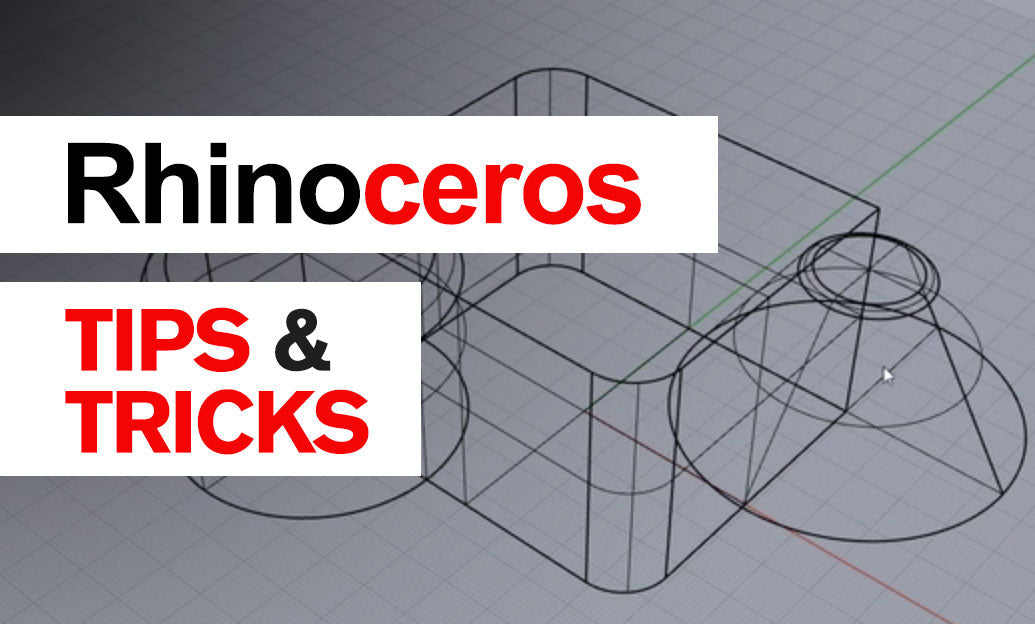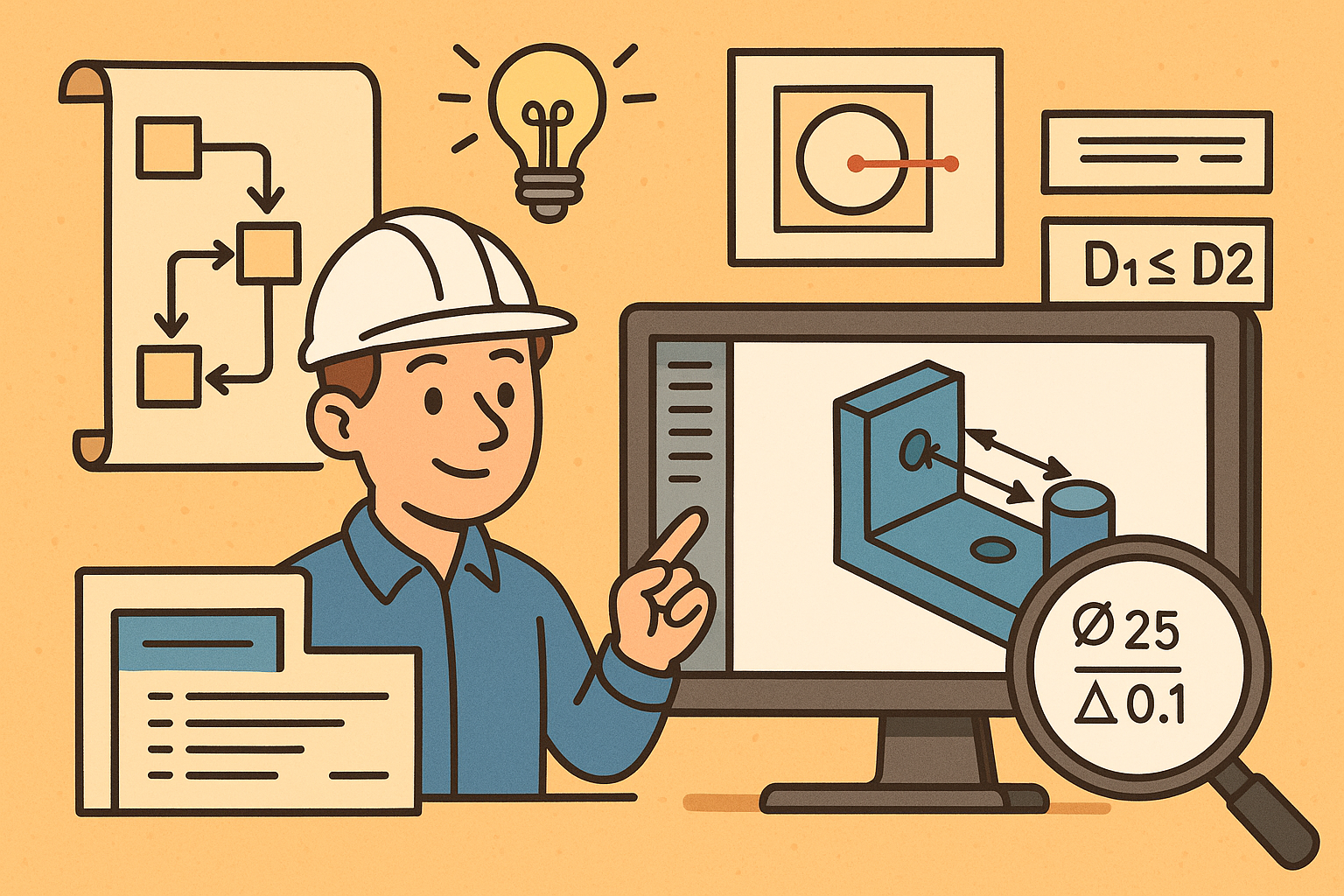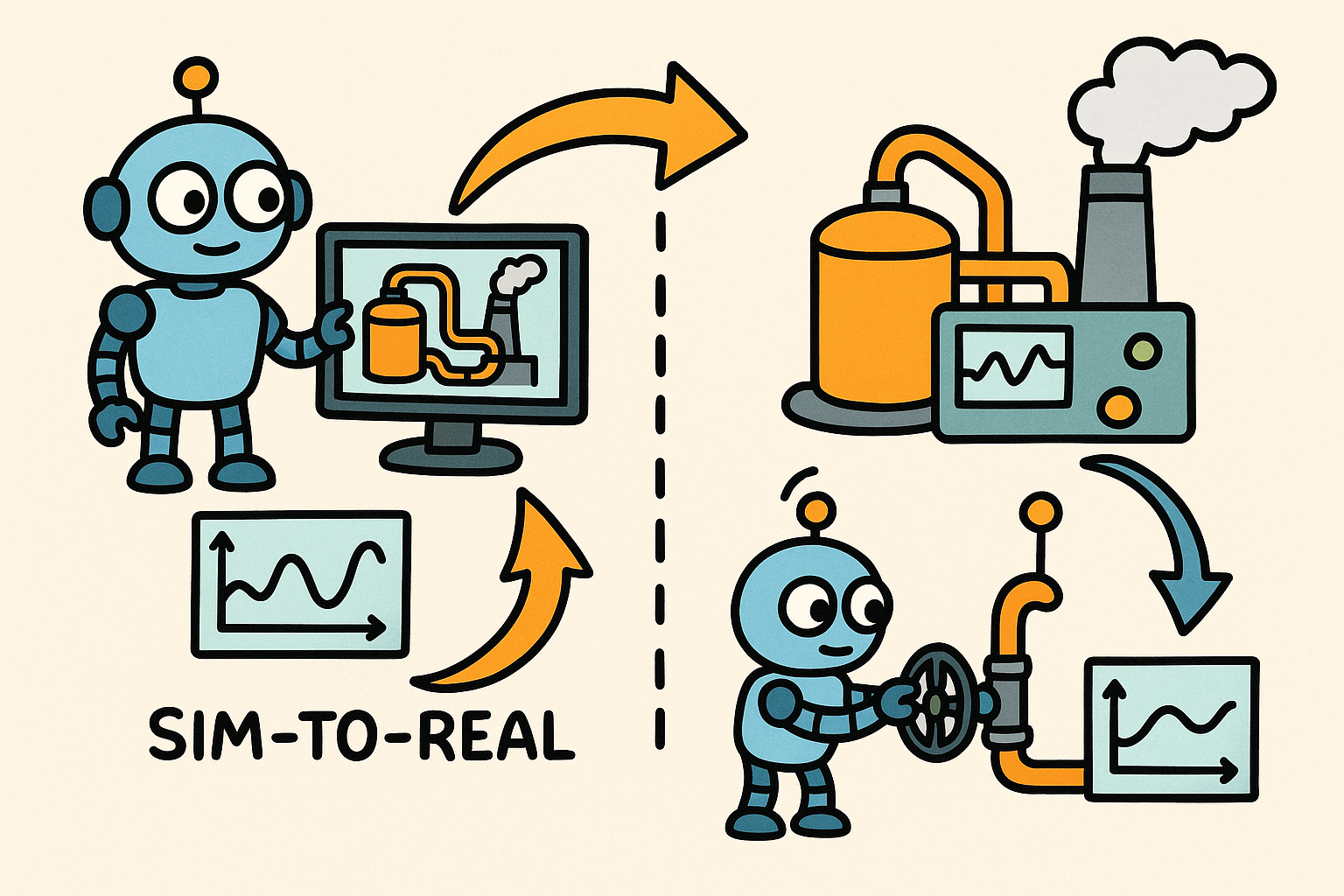Your Cart is Empty
Design software has undergone remarkable transformations, introducing a level of sophistication and efficiency that has radically changed the landscape of design, engineering, and architecture. These advancements are not just improvements; they are leaps that enhance design workflows, overall quality, and efficiency, empowering professionals to achieve more with less effort and in less time.
Advanced Scene Optimization and Cleanup
One of the critical challenges in the digital design process is managing scene complexity without compromising visual fidelity. Techniques such as geometry simplification, mesh decimation, and material and texture optimization have proven effective in reducing scene complexity. Moreover, automated cleanup tools play a pivotal role in removing unused elements and consolidating assets, thereby streamlining the design process. These optimization strategies significantly impact rendering times and project performance, making them indispensable in modern design workflows.
Parametric and Procedural Modeling Enhancements
The realms of parametric and procedural modeling have seen substantial enhancements, particularly in user interfaces and control mechanisms. These advancements have simplified the creation of complex models, enabling designers to make quick revisions and iterations. The enhancements in parametric and procedural modeling are revolutionizing the design process, making it more flexible and responsive to changes.
- Streamlined workflows
- Increased efficiency in revisions
- Enhanced control and flexibility
High-Precision Object Placement Tools
In digital design and virtual staging, precision is paramount. Tools and features enabling precise object manipulation and placement, such as grids, guides, snapping options, and numeric input for exact positioning, are critical. These high-precision tools facilitate a level of detail and accuracy that elevates the quality of the final design, highlighting the importance of precision in the digital creation process.
Customizable Asset Library for Efficient Workflow
Asset libraries play a crucial role in design and visualization workflows by providing readily available resources that can significantly speed up the design process. Advanced asset libraries offer features like custom categorization, search and filtering capabilities, and version control, which not only enhance efficiency but also ensure that designers have access to the most current and relevant assets. Integrating personal or third-party assets into these libraries further streamlines the workflow, making the design process more efficient and less time-consuming.
Robust Rendering Support and Visualization Tools
The evolution of rendering technologies has had a profound impact on design visualization, bridging the gap between conceptualization and realization. The advancements in both real-time and offline rendering have enhanced the visual communication of ideas, making them more tangible and understandable to all stakeholders involved. Complementary visualization tools, including lighting simulation, material accuracy, and interactive walkthroughs, further enrich the design process. These technologies are setting the stage for future trends in rendering and visualization, promising even more immersive and realistic experiences.
Conclusion
The advancements in design software represent a significant leap forward for the design industry. From scene optimization and parametric modeling to high-precision placement tools and robust rendering support, these enhancements are reshaping design and visualization workflows. As these technologies continue to evolve, they hold the potential to further revolutionize the design process, offering new avenues for creativity and efficiency. Professionals across the design spectrum are encouraged to explore and integrate these advancements into their practices, to not just keep pace with the industry but to lead it into the future.







